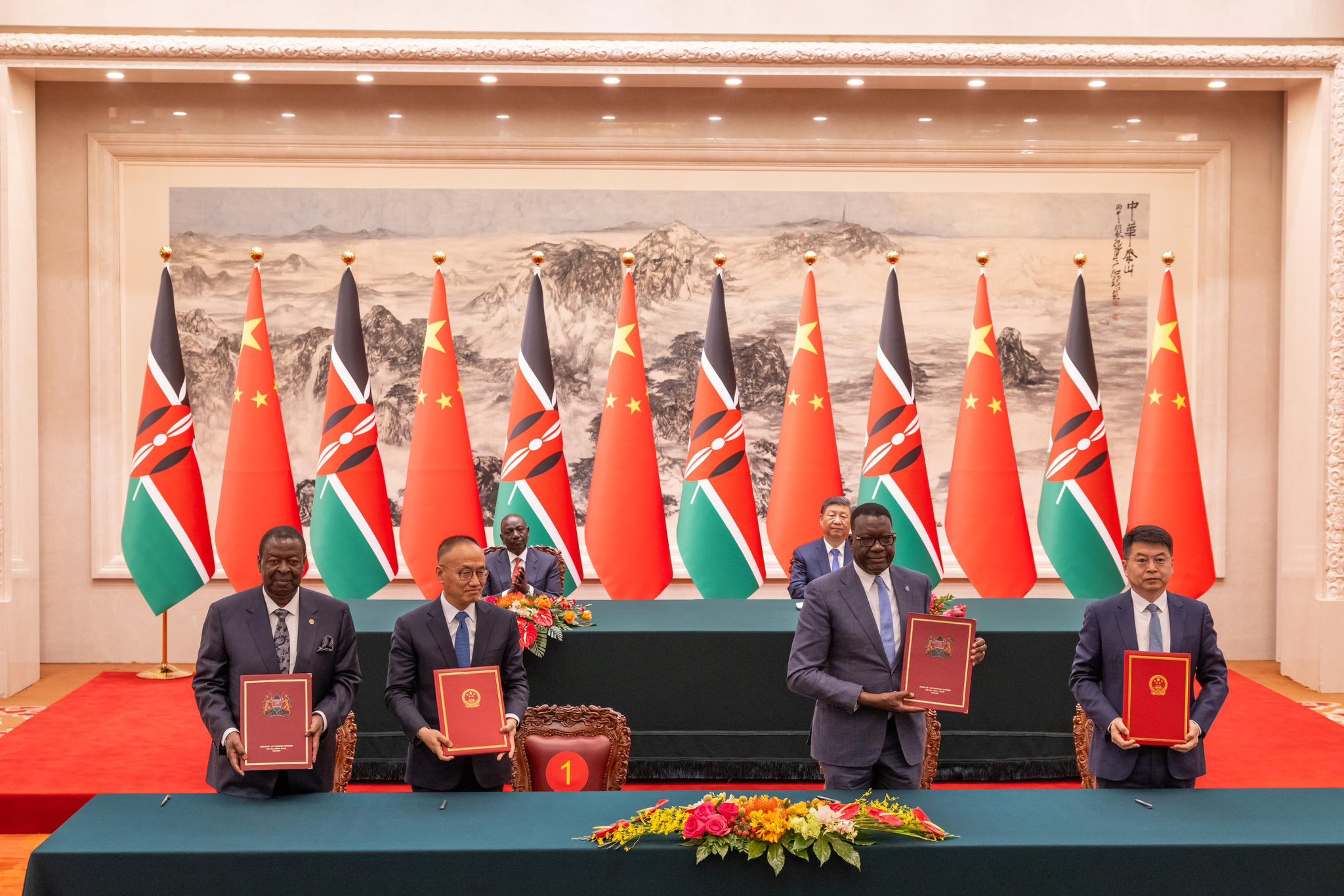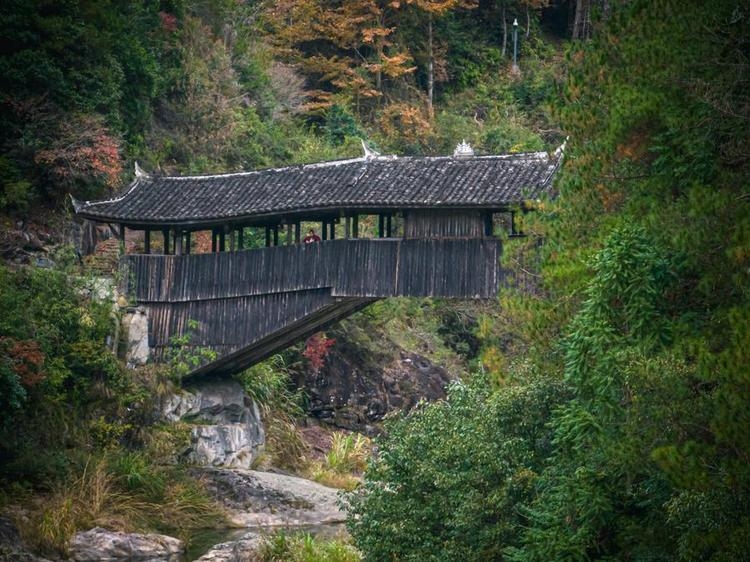 President William Ruto and his counterpart, President Xi Jinping, look on after signing transport deals in China on April 24, 2025.PHOTO/PCS.
President William Ruto and his counterpart, President Xi Jinping, look on after signing transport deals in China on April 24, 2025.PHOTO/PCS.
In a statement, State House spokesperson Hussein Mohammed cited the Nithi Bridge project as one of the key outcomes of President Ruto’s visit to the People’s Republic of China.
He stated that the deal was reached during high-level discussions between President Ruto and Chinese President Xi Jinping.
“China agreed to work with Kenya on implementing strategic connectivity development projects,” Mohammed said in the April 24 statement.
Under the agreement, China will partner with Kenya on the
construction of the bridge, weeks after President Ruto pledged to complete the
project by 2027.
“These include investments in the extension of the Standard Gauge Railway to Naivasha (Phase II) and from Naivasha to Malaba (Phase III), as well as the expansion and dualing of the Nairobi-Nakuru-Mau Summit–Malaba highway, the Kiambu-Northern Bypass, the Eldoret Bypass, and the construction of the Nithi Bridge,” the statement reads.
On March 30, President Ruto had assured the public that the Nithi Bridge project was imminent, although construction had yet to begin due to ongoing evaluations of the most appropriate course of action.
According to the president, the government was considering two proposals: one with an estimated cost of Sh5 billion and another at Sh50 billion.
“I had tasked the Kenya Rural Roads Authority (KeRRA) and the Kenya National Highways Authority (KeNHA) with the responsibility of determining how best to execute the project. There are two possible solutions. One will cost us Sh5 billion, and the plan for it is already designed; the other will cost Sh50 billion, and we’ve been asked to choose,” Ruto said at the time.
Constructed in the early 1980s, the Nithi Bridge has earned the grim nickname “killer bridge” due to the numerous fatal accidents that have occurred over the years.
From a tragic bus plunge in 2000 that claimed more
than 45 lives, to a 2022 accident that killed 33 people, and the most recent
incident in April 2024, which took four lives, the bridge has become a symbol
of ongoing road safety failures.
Despite these recurring tragedies, no significant upgrades have been made. Leaders from Meru and the surrounding regions have consistently called for a redesign of the road to improve safety.
Yet, promises under both previous and current administrations have gone unfulfilled.
During the 2022 campaign, President Ruto’s Kenya Kwanza administration pledged to redesign the bridge, promising to take action within 180 days of taking office.
However, two years later, the promise remains unfulfilled, and local communities continue to face the risks posed by the outdated infrastructure.















